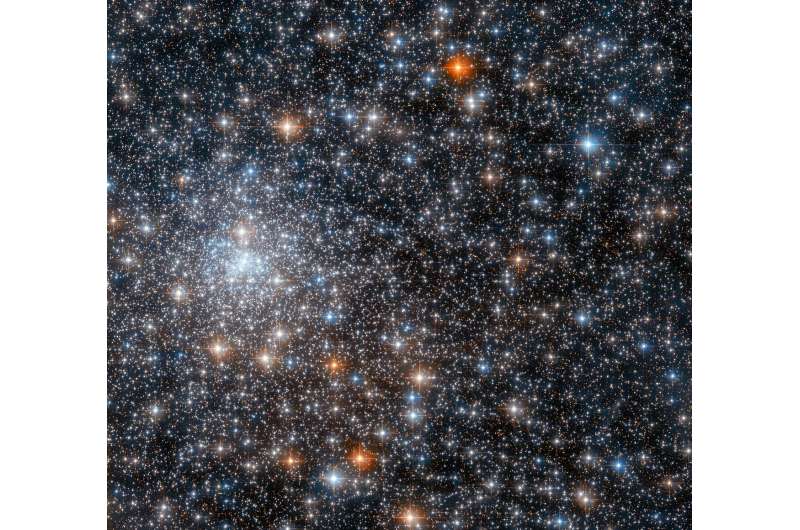The stunning image of the globular cluster NGC 6558 taken by the Hubble Space Telescope showcases the beauty of our universe. This cluster has been the focus of an international team of astronomers who used the Gemini Observatory and the Hubble Space Telescope to delve into its mysteries. Their findings, recently published on the arXiv pre-print server, shed light on the unique properties of NGC 6558.
Globular clusters like NGC 6558 are like celestial laboratories that provide valuable insights into the evolution of stars and galaxies. These clusters play a crucial role in helping scientists understand the history and development of galaxies, especially in their early stages when intense star formation occurs.
NGC 6558, situated in the Galactic bulge and approximately 24,100 light-years away in the Sagittarius constellation, has intrigued astronomers with its characteristics. With a metallicity level of -1.32 dex, this cluster is believed to be one of the oldest entities in the Milky Way galaxy.
Despite challenges posed by high reddening in the region, astronomers led by Stefano Souza from the University of São Paulo in Brazil conducted a detailed study of NGC 6558 using data from the Gemini Observatory and the Hubble Space Telescope. Their goal was to refine the cluster’s fundamental parameters and explore its significance in the formation of the Galactic bulge.
Through meticulous analysis of high-quality photometric data, the team was able to extract crucial information about NGC 6558, filtering out interference from surrounding field stars. This study represents a significant step forward in our understanding of this enigmatic globular cluster.
Published on 2024-07-29 07:15:03
Original article available at phys.org
